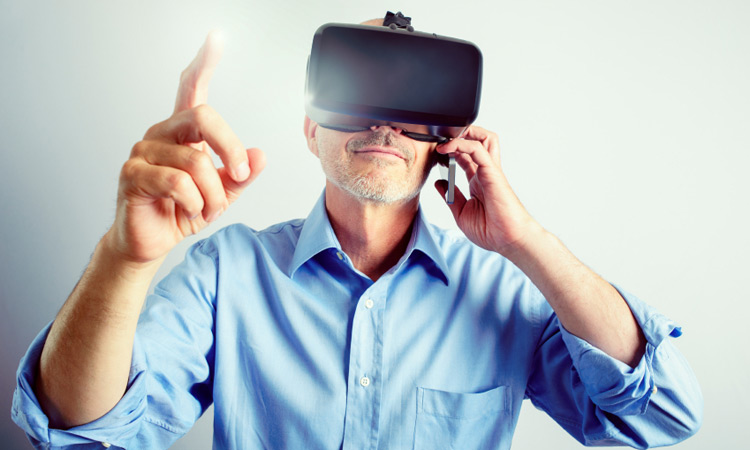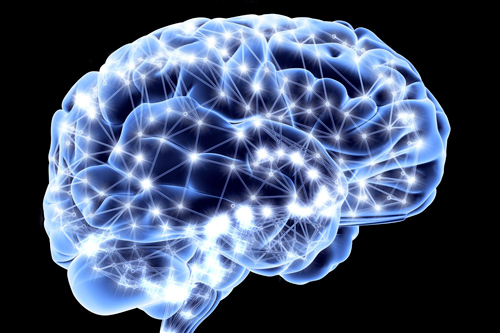
An estimated 22.7 million Americans need treatment for substance abuse, according to one major study. Yet the condition can be difficult to identify because people with substance abuse issues tend to hide their behavior due to shame and concern over what family, friends and co-workers may think.
The pain and struggle of addiction can create both mental and physical health care issues—such as depression, lung cancer and cirrhosis—lost productivity on the job and even lead to criminal activity.
But substance abuse also touches our entire society in some way. Family members also may suffer from marital strife, financial woes, domestic violence and shame as a result of the substance abuse. Children, in particular, are vulnerable in families where substance abuse is present because their day-to-day needs may not be met, and they may learn to repeat those abusive behaviors as they grow up.
Meanwhile, people with substance abuse issues are not receiving the treatment they need. With virtual reality technology in the field of substance abuse treatment, new possibilities exist to create personalized programs for people addicted to particular drugs and to prevent relapse.
Background of virtual reality and psychological issues
Use of virtual reality (VR) in psychological settings gained recognition in the late 1990s for treatment of phobias, PTSD and eating disorders. With VR, people can confront difficult issues more directly, with limited risk of physical or emotional harm. Talk therapy treatments have not always been successful with certain issues, such as substance abuse, and some people are unwilling to participate. VR may be able to serve as a supplemental treatment in certain cases.
VR and substance abuse
Social situations and everyday environments can trigger people struggling with substance abuse to use or relapse. Cue reactivity theory (CRT) developed from the idea that people with a substance abuse diagnosis are susceptible to certain social and environmental triggers, known as cues, which relate to substance abuse and could be replicated in the clinical setting.
By applying VR to CRT, researchers could more accurately recreate individualized environments that would relate to the past drug use of the subject to increase cravings and elicit other, measurable physical responses. As summarized by one study, “Specific drug-related environments (e.g., pubs and nightclubs) and social interactions (e.g., peer pressure) can provoke craving and relapse in abstinent individuals.”
The use of avatars in VR CRT scenarios can create the social component of the substance appropriate environments. For example, avatars may simulate use of the drug, exert peer pressure or simply serve as actors as part of the environment.
VR CRT studies proved applicable to numerous drugs: alcohol, heroin, METH, nicotine, crack cocaine, etc. The VR CRT studies also showed that craving affects specific neural pathways in the limbic system and a person’s metabolism, both when a drug is administered and withheld, as shown by positron emission tomography (PET) imaging.
Using VR as treatment for substance abuse
Once CRT research had been firmly established, studies sought proof for treatment applications. In 2011, University of Houston Professor Patrick Bordnick, showed positive results in a study using VR CRT to treat nicotine addiction. After his nicotine research, Bordnick began studies to treat alcohol addiction, and as of summer 2014, his team was creating a heroin treatment environment.
Bordnick conducts field research in actual environmental settings, like bars, before recreating them in his labs, incorporating all five senses. According to Bordnick, for each drug the studies use the same craving response, methodology and technology. And the researchers also provide tools on how to avoid relapse. The basic treatment model for VR CRT places the subject in a simulated environment where they are tempted to abuse substances — with or without interactive avatars. Over time, the subject learns to cope with the cues while resisting the cravings, per the classical conditioning response.
Adding aversion therapy to the VR model
The newest research for treating alcoholism with VR takes a step beyond the traditional CRT components, adding aversion therapy. A similar study from 2009 used both VR CRT and aversion exposure, demonstrating the potential to treat people with alcohol dependence (AD) with some success.
The small recent study in South Korea scanned the brains of people with AD before and after exposure to three steps of visual, olfactory and palatable VR stimuli: (1) relaxation; (2) what researchers called a “high-risk” situation, also recognizable as a typical CRT trigger with others drinking alcohol in a restaurant; and (3) an aversive situation, with “people getting sick from drinking too much alcohol.”
At the study’s outset, participants with AD reflected a higher metabolism in certain limbic areas of their brains. After five weeks of exposure to VR, participants with AD showed positive changes in the limbic system. Researchers theorize people with AD suffer from a neurological imbalance, a high sensitivity to stimuli. Thus, virtual reality may present as an effective treatment for alcoholism.
VR applications on the horizon
Duke University’s Dr Zachary Rosenthal is experimenting with participants who struggle with drug cravings between office visits, by encouraging them to call a cell phone to hear a particular series of tones that are played during the VR sessions as their cravings dispel. Theoretically, hearing the same tones should also dispel the cravings via the cell phone outside the clinical setting.
Currently, Bordnick’s patients wear helmets for weekly VR sessions to receive the sensory stimuli and associated counseling. But Bordnick plans to develop less cumbersome glasses and eventually smartphones for VR treatment, which will allow access to the treatment at any time.
Despite the latest advances in VR technology and hopes for mass distribution, research indicates a continued need to supplement cue reactivity with other, traditional methods, such as counseling and to tailor treatments to individual needs.
Click here to get inspired by Rose’s easy steps to positively change your mind


